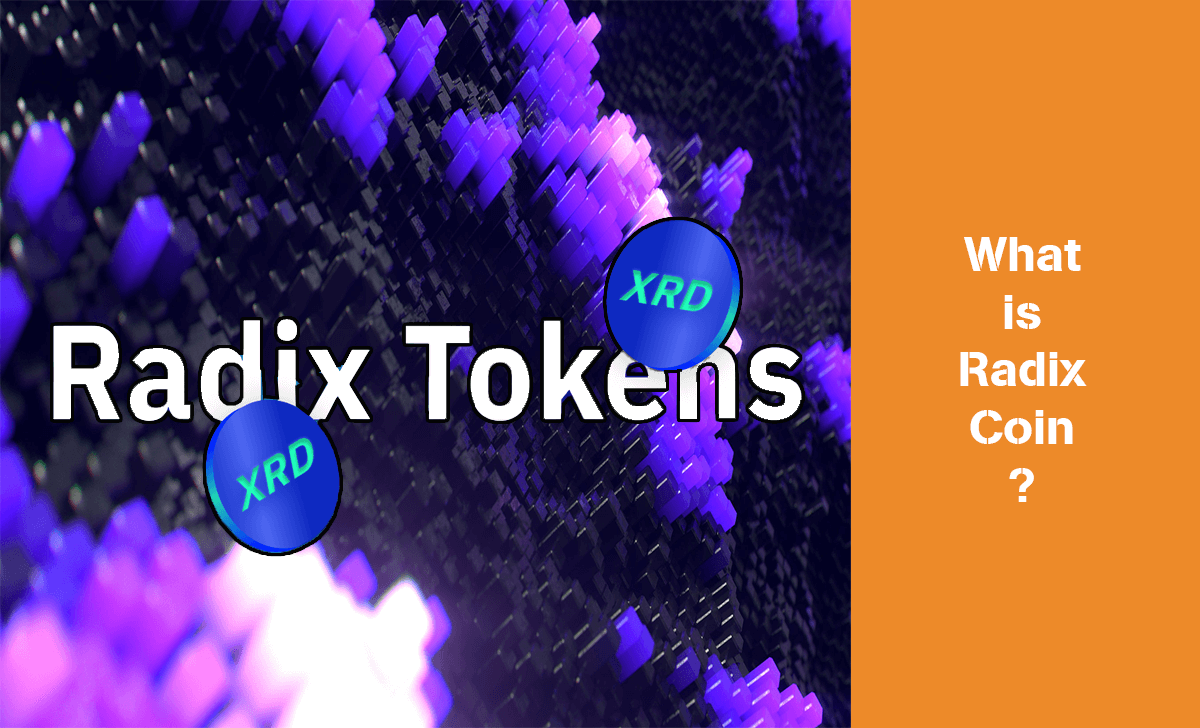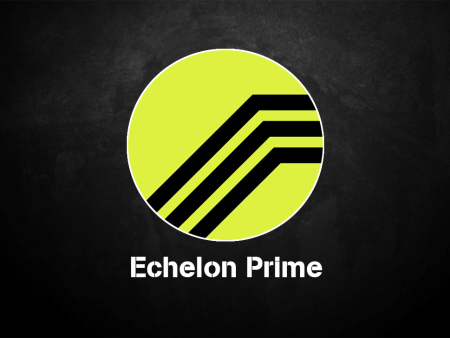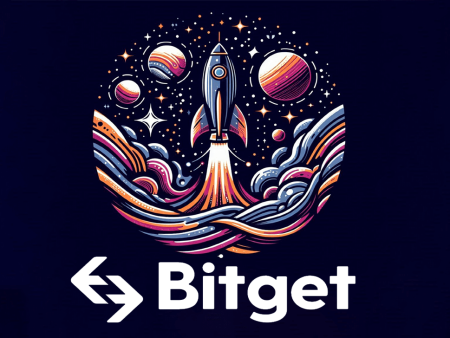Radix Coin is the native currency of a Layer-1 smart contract platform, developed to support the faster and easier creation of DeFi applications. The goal of this platform is to become a foundational blockchain for DeFi applications.
If you’re interested in learning more exciting information about the concept of Radix Coin, don’t hesitate to follow the upcoming content from AZcoin!
What is Radix?

Radix is a Layer-1 smart contract platform born out of the idea of creating a better global financial system, with solutions developed from this goal. This led to the creation of a platform dedicated to supporting the development of DeFi applications.
Since its inception, Radix has always had the main objective of becoming the foundational blockchain for DeFi applications, similar to how Ethereum operates today. To achieve this goal, the platform employs a new consensus algorithm called Cerberus.
With the Cerberus algorithm, transactions on Radix can be processed quickly and at significantly lower fees compared to other platforms.
In addition, Radix also offers the Radix Engine, an environment that supports the fast and easy development of DeFi applications through API integration.
What makes Radix stand out?

Radix aims to improve the DeFi sector in every possible way. To achieve this, the platform has developed a decentralized protocol built from the following key components:
- Radix Engine: The core of the project and the environment where all smart contracts are executed. This component is responsible for all processes within the Radix ecosystem and powers the entire project.
- Cerberus: A parallel BFT consensus protocol where all transactions occur. It ensures that validator nodes operate normally and is responsible for the scalability of the Radix token.
- DPoS (Delegated Proof of Stake): A popular consensus mechanism that allows transactions to be accepted on the network more quickly and efficiently than other consensus mechanisms.
Thanks to these components, Radix can be used as a tool for creating various dApps. This is also why the platform is unique and plays a significant role in driving the entire DeFi ecosystem.
Limitations from Radix

In addition to the great advantages we’ve previously discussed, Radix also has certain limitations and drawbacks, such as:
- High Complexity: Radix is developed as part of a larger ecosystem aimed at making DeFi simpler and more accessible, but this is primarily for developers who are already proficient in DeFi. For ordinary users, this model can be quite difficult to access.
- Incomplete Structure: Radix uses Scrypto, a proprietary programming language for developing smart contracts. However, it is not yet fully complete or operational at this time. This means that access to Scrypto is still in the early stages.
What is Radix Coin?

Radix Coin (RDX) is currently the native token of the platform, which can be used to pay transaction fees or participate in activities on the platform.
Specifications
- Token Name: Radix Token
- Ticker: XRD
- Blockchain: Ethereum until the change to the RADIX chain
- Token Standard: ERC-20 until the change to the RADIX chain
- Token type: Utility
- Total Supply: 24.000.000.000
Distribution rate before the RADIX chain
Before converting to the RADIX chain, Radix Coin will be allocated according to the following ratio:
- Radix Community: 67.9%
- Network Subsidy & Token sale: 14.6%
- Radix Foundation & Dev Incentives: 12.9%
Distribution rate after the RADIX chain
After converting to the RADIX chain, Radix Coin will be allocated according to the following ratio:
- Staking Reward: 50%
- Stable Coin Reserve: 10%
- Team Distribution: 10%
- Radix Community: 12.5%
- Radix Foundation, Dev Incentives, Network Subsidy, Token Sale: 9.8%
Radix Coin Use Cases
Radix Coin can currently be used for:
- Pay transaction fees within the platform.
- Participate in staking to receive rewards.
Where to trade and store Radix Coin?
Currently, Radix Coin has not yet been officially listed, therefore we cannot recommend the best crypto exchanges for you.
On the other hand, while Radix Coin is still at the ERC-20 standard, if you need a place to store it, you can try wallets like Myetherwallet, imToken, Frontier, Metamask,…
Conclusion
So together we have come to the end of all the content that we can synthesize and share about Radix Coin. Thank you for taking the time to follow and see you again in new content at AZcoin.

I am Tony Vu, living in California, USA. I am currently the co-founder of AZCoin company, with many years of experience in the cryptocurrency market, I hope to bring you useful information and knowledge about virtual currency investment.
Email: [email protected]











